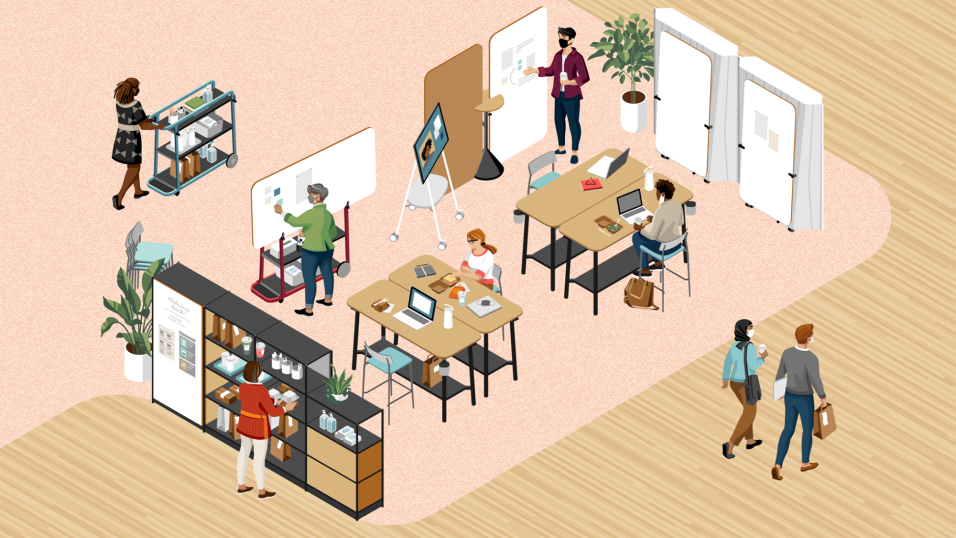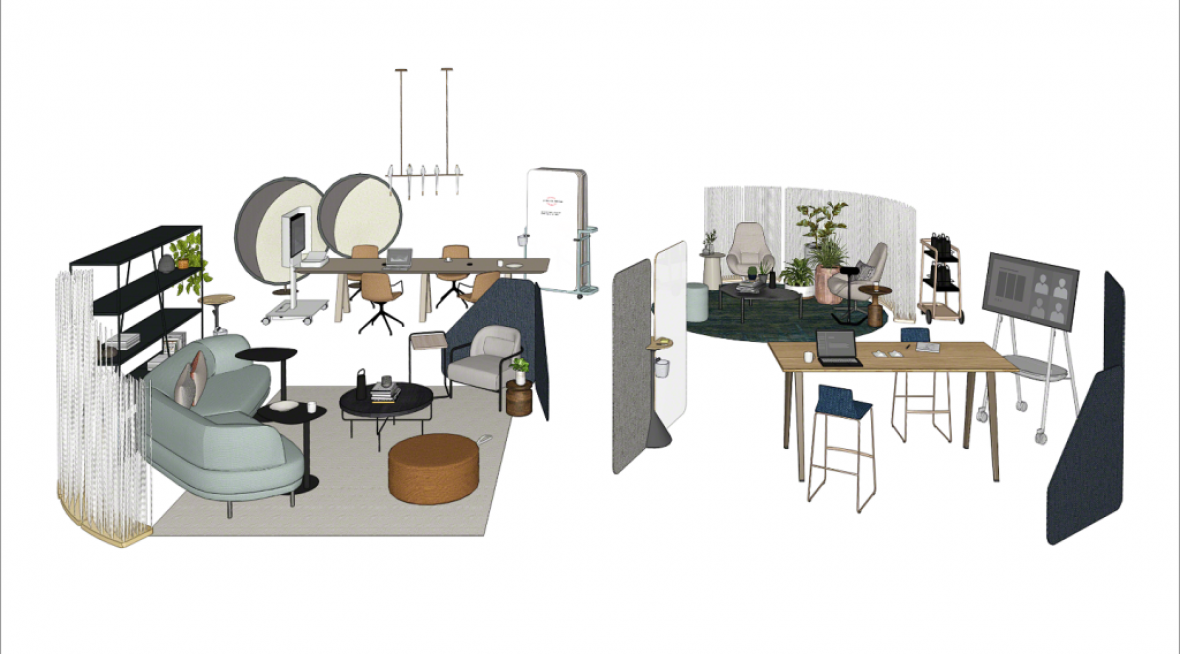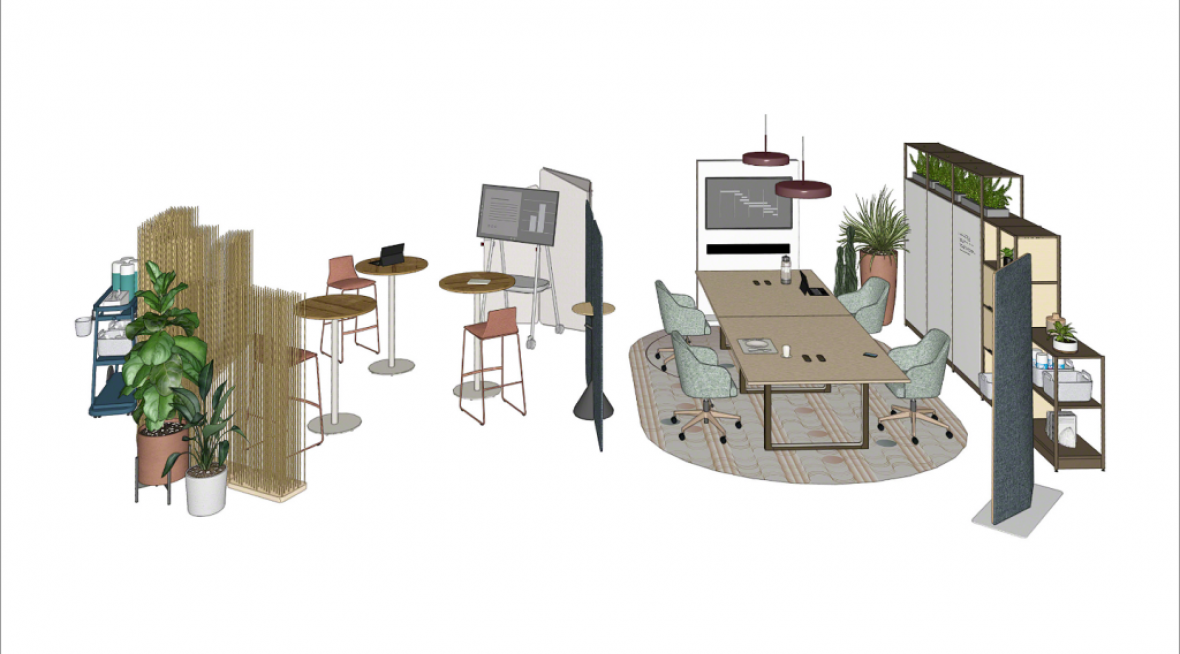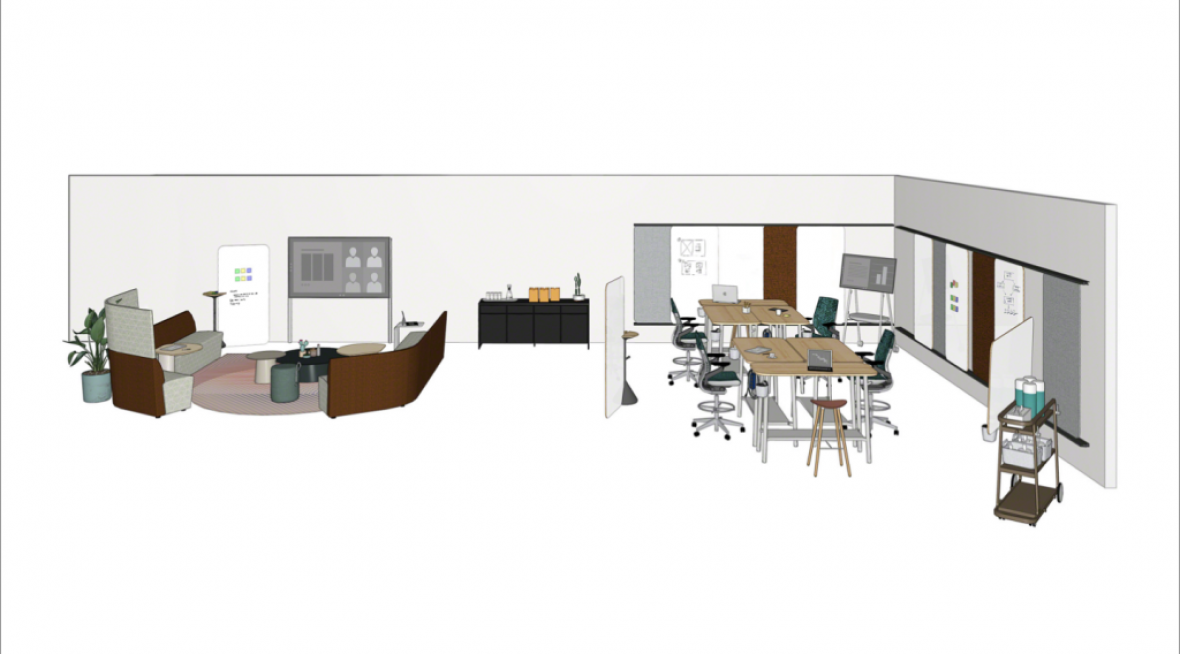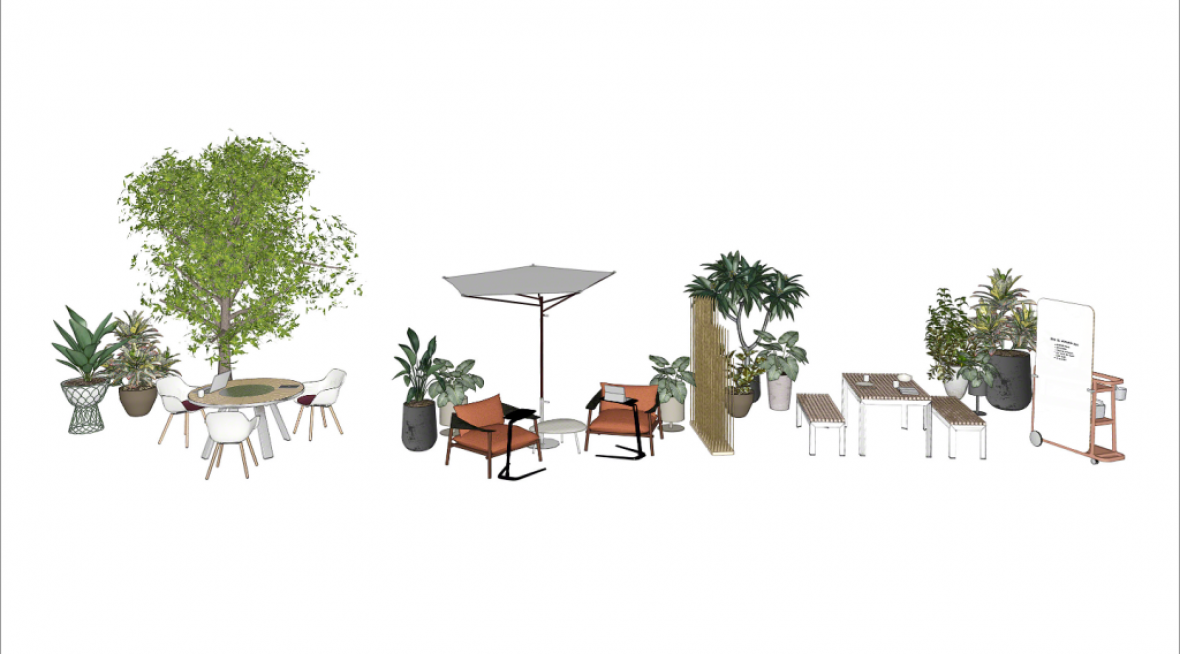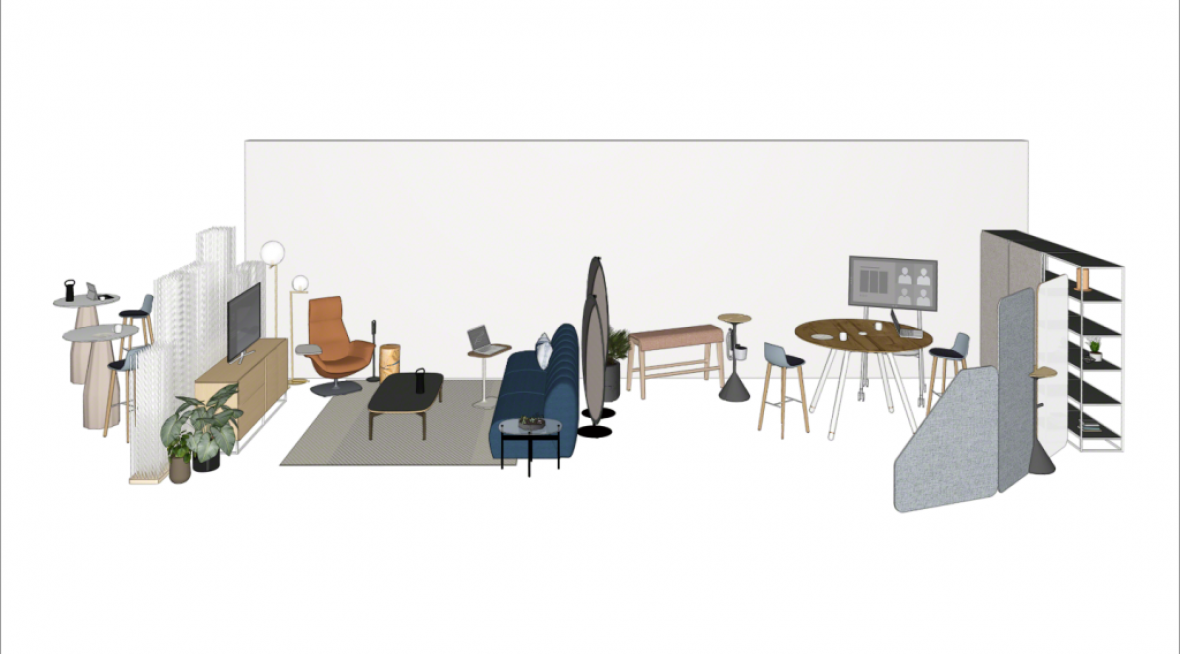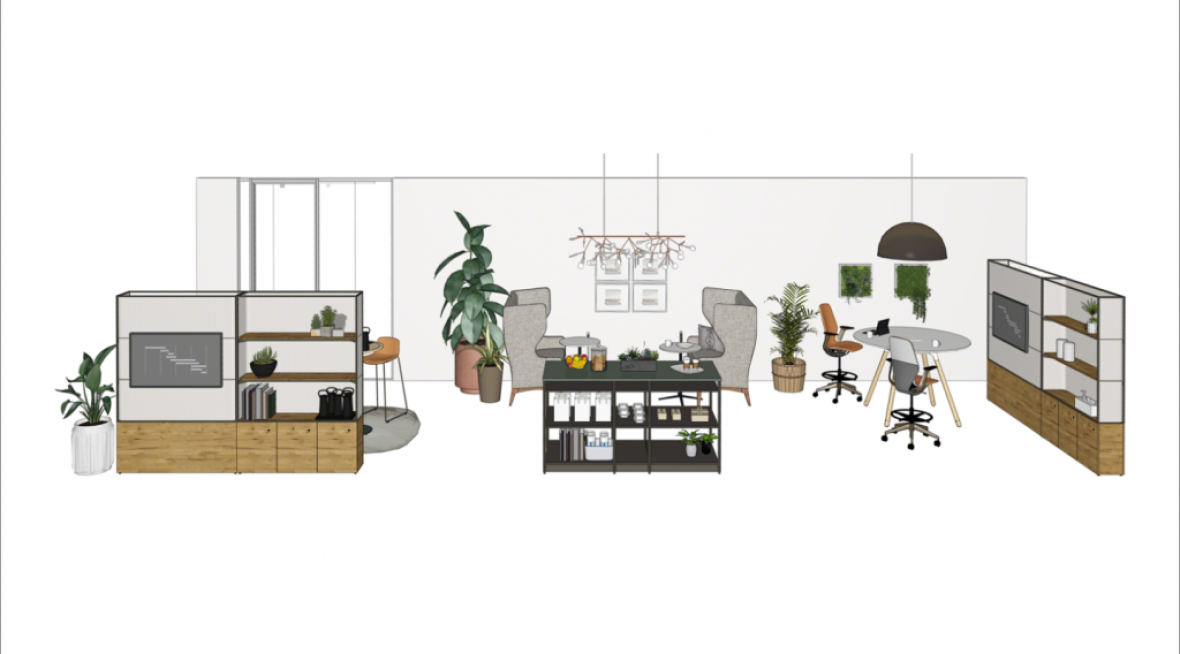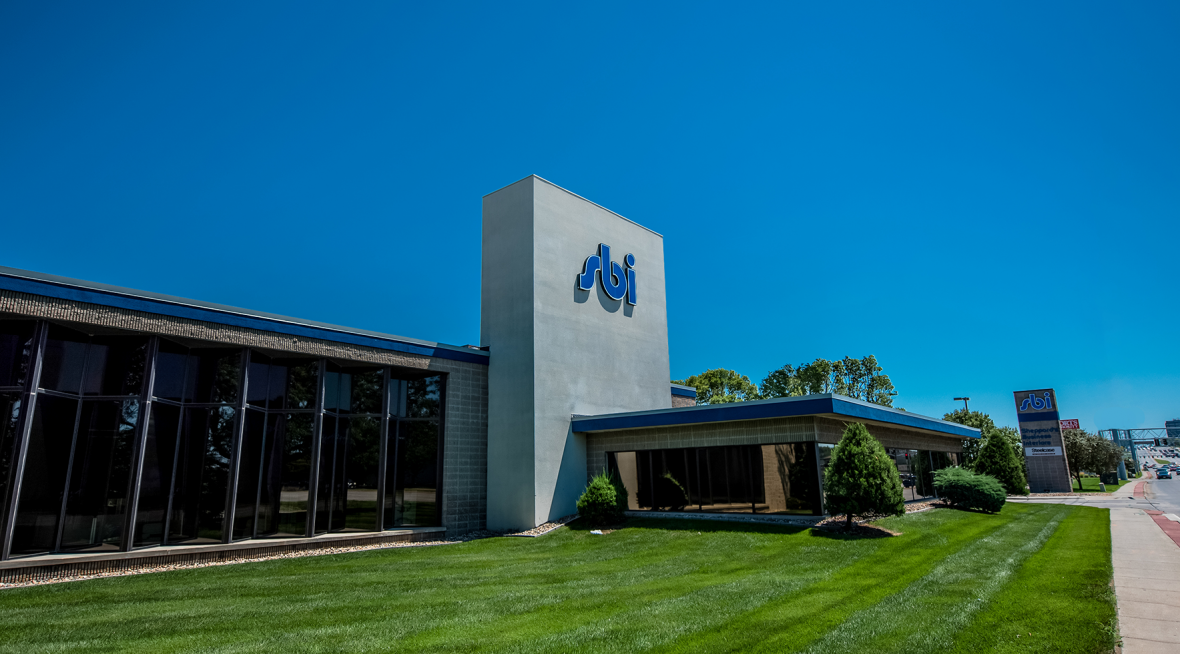Whether you like working from home or not, everyone has experienced the feeling of isolation during the pandemic. People also struggled to collaborate while apart. The shift to remote work caused millions of workers to suffer from loneliness and isolation and it’s had a negative impact on their engagement, productivity, and wellbeing.
Many people can’t wait to return to the office and work side-by-side with their colleagues again and organizations are taking every precaution to make sure workplaces are safe when people do come back. But what if these precautionary measures make the office feel sad and even more isolating than working from home?
“We experienced this ourselves,” says Gale Moutrey, vice president of Workplace innovation + Brand Management, Steelcase. “When some people returned last summer, we retrofitted our workplace with diverse safety measures and implemented new protocols for safe behaviors. But the effect ended up feeling stressful for some people and some spaces looked a little sad because of distancing measures, rather than feeling the buzz or energy we were used to. Gradually, we saw a number of people – who really wanted to be there – retreat and work at home.”
“We are looking at space very differently. It will be a really great harmony between space, food, and technology – a seamless and frictionless experience for people.” – Anthony Gargiulo, SVP, Compass Group

